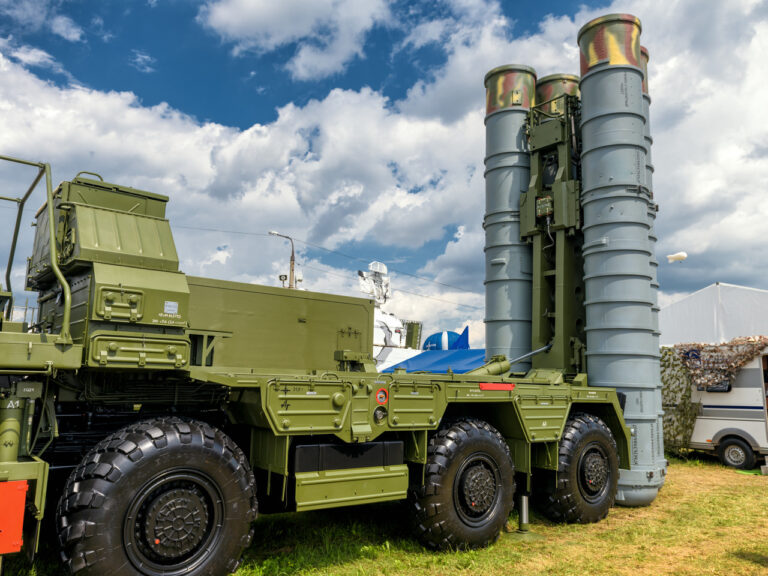The S-500 is undoubtedly an impressive system that will alert Ukraine and NATO members alike.
Although Moscow has been steadily depleting its resources and weapons stockpiles amid the invasion of Ukraine, the next stage of its state-of-the-art S-500 air defense system has not been left on the sidelines. In fact, “Prometheus” reached another milestone last month when the Russian army formed the first complete regiment with these long-range systems. General Valery Gerasimov, head of Russia’s General Staff, confirmed that the regiment was close to full operational readiness, saying: “This system is unlike anything we have deployed before.” he pointed out. According to Russian state news, the S-500 regiment has already been deployed to protect the strategically important Karch Bridge, which connects mainland Russia with the Crimean Peninsula in the Black Sea. The Kremlin hopes its top-tier surface-to-air missile (SAM) systems will act as an invincible shield, protecting assets from some of the advanced Western-delivered weapons deployed by Ukraine.
Russia’s S-500, nicknamed “Prometheus,” was derived from its Cold War-era predecessor. The S-200 Angara High-Altitude SAM system was deployed by the Soviets to defend against enemy bombers when it was operational in the 1960s. As soon as Angara was introduced into service, Soviet engineers began conceptualizing a more sophisticated successor. The resulting S-300 system was designed to combat long-range air-based cruise missiles, which were emerging as a major threat at the height of the Cold War. Over the years, several subvariants of the SAM were introduced, and finally the S-400 was successfully tested and entered service with the Russian army in 2007.
Introducing the S-500: Specifications and Features
The S-400 incorporates some significant enhancements over its predecessor, but the Prometheus is even deadlier. Claimed to be a “fifth generation killer” by the Kremlin, the S-500 is designed to be able to defeat American fifth generation platforms such as the F-22 Raptor and F-35 Lightning II. I did. Prometheus consists of four 40n6m long-range SAMs or two 77N6 interceptors in tubes mounted on the launch vehicle. As detailed by the International Center for Strategic Studies, the 40N6m missile can travel up to a range of 400km, while the 77N6 series interceptor can reach around 600km. “The system features four radar vehicles per battery, including the 91N6E(M) S-band acquisition radar, 96L6-TSP C-band acquisition radar, 76T6 multimode engagement radar, and 77T6 anti-anti-missile engagement radar. This radar complex reportedly allows the S-500 to reach up to 2,000 km and 800 km respectively. ” If true, this incredible range would allow Prometheus to strike far beyond the borders of Russia and possibly NATO. It will target assets essential to the Air Force.
Moscow claims the S-500 is the only weapon capable of intercepting the country’s Kintshar polar missiles. The KH-47M2 is a formidable weapon said to be capable of carrying both nuclear and conventional warheads, but the extent of its capabilities remains to be verified as Moscow tends to over-explore the power of its military assets. yeah. Regardless of the S-500’s exact specifications and capabilities, it is undoubtedly an impressive system that will alert Ukraine and NATO members alike.
About the author: Maya Carlin
Maya Karlin, a national security official with national interests, is an analyst at the Security Policy Center and a former associate of Anna Sobol Levy at Israel’s IDC Herzliya. She has had sidelines in many publications including The National Interest, The Jerusalem Post, and The Times of Israel. You can follow her on Twitter: @Mayacarlin. Over 1,000 articles have been published on Carlin over the past several years on a variety of defense issues.
Image: Viacheslav Lopatin/Shutterstock.com


